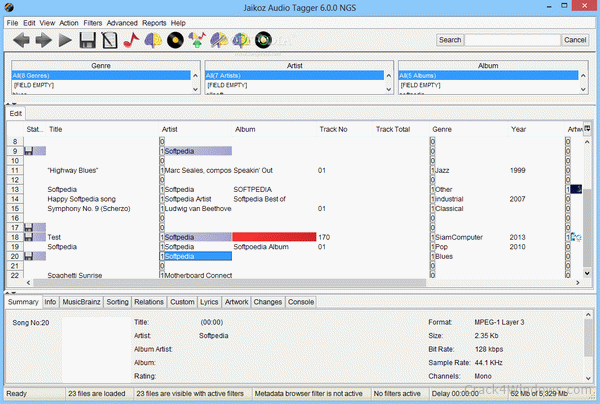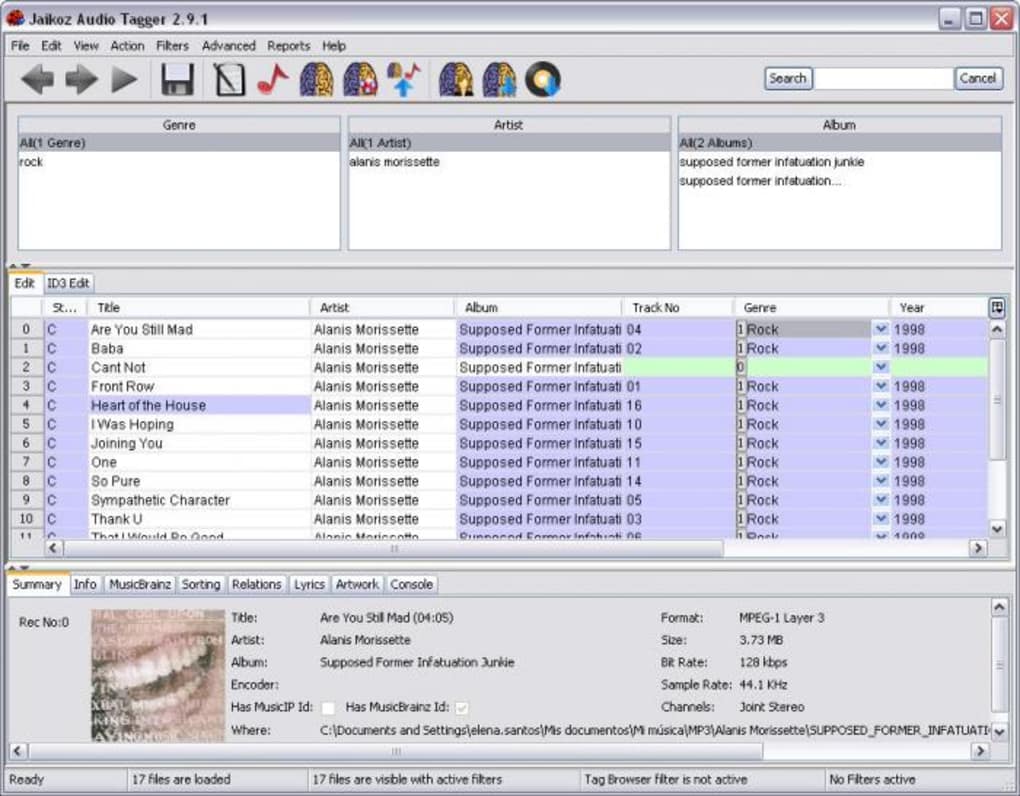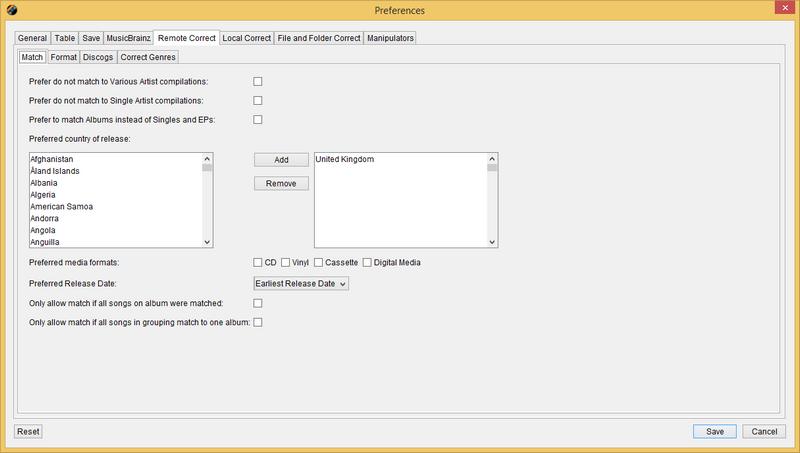

We argue that indigenous resource management requires collaborative approaches like ours, in which science-based management is embedded within a socially and culturally appropriate context. In this context, we discuss the effectiveness of research partnerships that, from the outset, create both scientific programs and integrated communities of action that can implement change. Guided explicitly by principles from Gvi’ilas or customary law, this research methodology is coupled with Heiltsuk culture, enabling results of applied conservation science to involve and resonate with tribal leadership in ways that have eluded previous scientific endeavors. Second, we demonstrate and discuss the power of integrating scientific research with a culturally appropriate research agenda developed by indigenous people. Results also pointed to a larger than expected source geography for salmon-feeding bears in the study area (> 1000 km²), as well as early evidence of a declining trend in the bear population potentially explained by declining salmon numbers. There was a minimum of 57 individual bears detected during the study period. Molecular demographic analyses revealed a regionally significant population of bears, which congregate at the Koeye each salmon-spawning season.


Noninvasive hair sampling occurred between 20 in the Koeye watershed, a stronghold for grizzly bears, salmon, and Heiltsuk people. First, we present results from a molecular genetics study of grizzly bears inhabiting an important conservation area within the territory of the Heiltsuk First Nation in coastal British Columbia. We present a research collaboration among academics, tribal government, provincial and federal government, resource managers, conservation practitioners, and community leaders supporting First Nation resource authority and stewardship. Guided by deeply held cultural values, First Nations in Canada are rapidly regaining legal authority to manage natural resources. Individuals are human beings first, Heiltsuk second, and thus bear responsibility to contribute to the well-being of all humans

Primary focus should be on what is left behind, not what is taken Out of respect and understanding, certain areas should be off-limits to some, or all, human activities Regard homelands as an extension of immediate physical home The right to use a river system comes with the responsibility to maintain a river system, in its natural or ecological entirety Heiltsuk have been present in traditional territory since time began and will be present until time ends


 0 kommentar(er)
0 kommentar(er)
